While Microsoft Excel automatically reformats time values as hours and minutes, you can manually change the cell's time format to display the seconds as well. Using the Function Library on the Formulas ribbon, you can select the specific time function to apply to a cell in your worksheet. If you've already entered time into a cell, you can easily reformat it to include hours, minutes and seconds using the Format Cells dialog. Same as entering dates in Excel cells, entering time can be quite frustrating. Should you use AM/PM or a 24-hour format?
Do you need just hours and minutes, or seconds as well? Will Excel display time values exactly as you want? With this Excel time picker, you can easily manage appointments and timesheets or add a timestamp on a report. The tutorial demonstrates different ways to convert time to decimal in Excel.
You will find a variety of formulas to change time to hours, minutes or seconds as well as convert text to time and vice versa. I'm pulling my hair out trying to fix a gremlin in a spreadsheet for work. My Boss started constructing it to report on Standard hours worked, Overtime hours and Higher grade paid time. All fine so far, however for some reason it always shows 35 standard hours . It wasn't an issue until I tried to add in nightshift higher grade hours, as its now adding unworked daytime hours to my total. Further on in this tutorial, you will find the detailed explanation of the first way and formula examples demonstrating the other technique.
ABC1DescriptionDisplayed timeFormat2Hours & minutes50 hours and 40 minutes "hours and" mm "minutes"3Hours, minutes, seconds50 h. "h." mm "m." ss "s."4Minutes3040 minutes "minutes"5Minutes & seconds3040 minutes and 30 seconds "minutes and" ss "seconds"6Seconds seconds "seconds"Note. Although the above times look like text strings, they are still numeric values, since Excel number formats change only the visual representation but not the underlying values. So, you are free to add and subtract the formatted times as usual, reference them in your formulas and use in other calculations.
It may be useful to convert the time in Excel from the standard hours and minutes format to seconds only. In order to do this, there are two main methods. The best method is to sum the formulas HOUR, MINUTE, and SECOND to get the total seconds.
The following methods determine how many seconds have elapsed from midnight . Both methods have Excel convert time to seconds. To format a range of cells that are displayed in time format to show just minutes and seconds, you need to create a custom format for the range. Often, you end up entering time in hours and minutes and then end up with a total in hours and tenths of hours (i.e. 10.3 hours) that may not add up as you expected. This is especially common when your hours exceed 24 since, by default, Excel reports hour totals in days.
Times are entered as hours, minutes, and seconds. When subtracting or adding time in Excel, you may sometimes want to display the results as the total number of hours, minutes or seconds. The task is a lot easier than it may sound, and you will know the solution in a moment. This post will guide you how to add hours, minutes, or seconds to a given date and time in a cell in Excel.
How do I add hours, minutes or seconds to a time with a formula in Excel. How to add hours to a date and time in Excel. How do I add 15 minutes to a time in excel. It is very simple to automatically convert minutes to hours in Excel. We can use simple math to achieve the result we want.
This step by step tutorial will assist all levels of Excel users in converting minutes to hours. How do you separate elapsed minutes or seconds with thousands separator? I have calculated times between two dates and custom formatting will not let me separate the minutes or seconds accordingly. Although you can convert seconds to minutes and seconds in Excel, it can be a bit tricky to convert and display times in combined units .
Because time is calculated in Excel as a fraction of a day, you can convert fractions to appropriate time increments by combining calculations and custom number formatting. In the cell where you want to see the result, write the formula, this time subtracting the start time with the arrival time. This will reflect the time, or hours with minutes included, that were used in an activity. The easiest way to convert time to decimal in Excel is to times the original value by the number of hours, seconds or minutes in a day.
There are other functions and calculations you can use to calculate time but the strategies we've used here are useful for many scenarios. Working with time can be tricky and if start times and end times are not entered correctly, you won't be able to calculate time differences. I try to calculate total hours and minutes for below list of values. If you want to learn a few more helpful formulas to add and subtract times, calculate elapsed time and time difference, please check out other parts of our Excel Times tutorial . I thank you for reading and hope to see you again next week.
This is how you split date and time in Excel. If a calculated time displays as a decimal number, apply a custom date/time format to the formula cells. To enter a duration, type the hours, minutes and seconds with a colon separating each. If you have the duration formatting current, the value will be formatted to the right of the cell. You can combine calculations and custom number formatting to display minutes and seconds in Excel.
You can insert or type the degree symbol in Excel using built-in commands, keyboard shortcuts or a custom number format. A custom number format can be applied to cells and would apply the degree symbol as a format rather than inserting it. The degree symbol can be entered in cells, equation blocks or text boxes.
It is automatically entered in superscript. The term degree is used in several temperature scales including Celsius and Fahrenheit. There are several time formats in this dialog box. Codes include h for hour, m for minute and s for seconds. I am working in a bank and on every day we receive Month to date data of Loans and advances made by every branch with Region wise total and manager wise total. In our MIS format the in A coulum branches are sorted and listed in a sequence with sub total Region.
I have data where if if do the pivot and change the data the out put should be displayed accordingly in the MIS format. Therefore, it may complicate us a bit when applying the calculations. But don't worry; Then, we explain how you can add hours, minutes and seconds , step by step. And again, just like adding hours and minutes, you can also add seconds to the time. 6.Convert the number of minutes into hours. To do this, set up another conversion table, using minutes and hours instead of seconds and minutes.
The unit rate is 60 minutes per 1 hour. Use the number of minutes you are converting, instead of the number of seconds, in this table. I am trying to multiply x number by minutes and seconds and then get the result in days, hours and minutes. As you see, the formulas with cell references and corresponding text strings deliver identical results. Also, please notice the left alignment of time strings in cells A2 and A6 and right-aligned converted time values in column D.
If the separated date and time values are not displayed properly, change the format of the new columns to Date and Time, respectively. If after applying custom formatting a cell displays #####, most likely the cell is not wide enough to display the date time value. To fix this, expand the column width either by double-clicking or dragging the right boundary of the column. To add seconds, minutes, or hours to a time, you can use the Excel functions or using the data above in addition formula. Hi - I'm Dave Bruns, and I run Exceljet with my wife, Lisa. Our goal is to help you work faster in Excel.
We create short videos, and clear examples of formulas, functions, pivot tables, conditional formatting, and charts.Read more. For this First select the cells where date formatting is required. Now Use Ctrl + 1 to open Format cells dialog box.
From within the 'Type' list, select a time format that displays an hour value that is greater than 24, before clicking on the OK button, to close the dialog box. To make life easier when entering multiple dates/times it is possible to use a custom format to remove the need to enter the colon, and the leading "hour" 0. This however requires a second field for the numerical date to be stored, as the displayed date from the custom format is in base 10. 86400 seconds are the number of seconds in a day. We have to divide by that number to calculate the result in hours, minutes and seconds using Excel and get it in the proper format.
The cell that will reflect the result of the sum, introduces the sum function and includes the cells to be added. Remember that this cell must also have the same time format as the others. Just like adding time in hours in Google Sheets, you can also add minutes as well. Hence, when you have the time in hours, you need to divide it by 24 to get the correct value that can be added to a timestamp that has day and time both. More specifically, converting a number into minutes and seconds.
Let's say you have a data extract of numbers, a bit like in the screen shot below . These however, are not just numbers, they represent timings in a test script. They are actually time records in seconds. What we need to do is to communicate the results in minutes and seconds to the test team. It is once we understand how Excel deal with time.
How To Write Minutes And Seconds In Excel If your time formulas and calculations do not work right, time values formatted as text is often the cause. The fastest way to convert text to time in Excel is using the TIMEVALUE function. Hi, I had a similar problem working with time.
For 24 hours Excel stores this as 1 day, 0 hours. My solution was to convert everything to seconds and work from there. If you have formatted as days, multiply by , if you have formatted as hours, multiply by in an hour, etc.
If you read my answer, then I re-recommend the instruction how to convert time to decimal number in Excel. The article How to use IF function in Excel will also be helpful. The article shows a few tips to calculate and display times that are greater than 24 hours, 60 minutes, 60 seconds. The resulting amount includes a decimal value for minutes, but this is a fraction of an hour, as opposed to a fraction of a day as was shown in Figure 1. Formulas are the key to getting things done in Excel.
You'll also learn how to troubleshoot, trace errors, and fix problems. To calculate the difference between two times in the same day, simply subtract the start time from the end time. To add up times in Excel, simply use the SUM function. To display a total of more than 24 hours, change the Time format. To add 2 hours and 30 minutes to this time, enter the formula shown below.
Use the TIME function in Excel to add or subtract hours, minutes and seconds. We group the hours and minutes from step 2 and take the number of seconds from step 1. Now we have the seconds converted to hours, minutes and seconds. If you want to perform the reverse conversion, we also have a tool for from hours to seconds. Convert seconds to hours, minutes and seconds is a simple task but it requires time to do it well.
We have to make a series of divisions that, sometimes, can give us more than one headache if we do not know very well the procedure to follow. If you create a pivot table from the time data, and show the total time, the totals might appear to be incorrect. I am working with an Excel spreadsheet and saving it as a .csv file in order to upload to an application that parses out the .csv data as transactions. The system requires .csv files, so this is how I need to save my doc .
I have been successful at preventing Excel from coverting that long number into scientific format. I have saved as a TXT file, pasted the longer number and it displays correctly. So if I do that, close the Excel window, and then open again (as the .csv file), the numbers are back to being displayed in scientific format. I have tried creating an Excel doc from scratch and entering text in Text format, to see if this created a cleaner file. But again, the second I save as .csv, close the window and then open that file up again, that dang scientific format is back. In either case, a cell formatting dialog box appears.
In the right section that says "Category", choose "Custom" . The first thing to do is to change the format of cells in which we will enter the time. The selection is made with the left mouse button. If you are going to choose several cells at the same time, combine the keys "Ctrl + left mouse button " , without releasing the CTRL key. In the following example, your calculated hours cells as well as your total hours cell will need to be formatted this way. You can achieve the same result using the inbuilt Excel CONVERT function.
Make sure your time/decimal cells are formatted the same as listed above. Now, unlike when adding dates, you can not simply add hours to a timestamp in Google Sheets. Open a Google Sheet™that has a second duration column you want to change to minutes and hours.

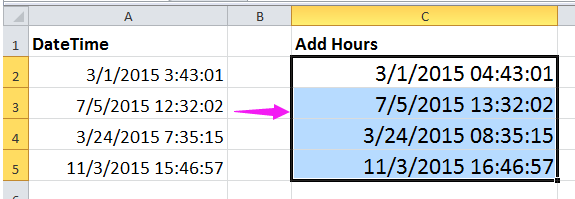





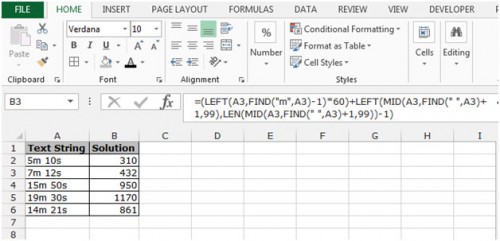


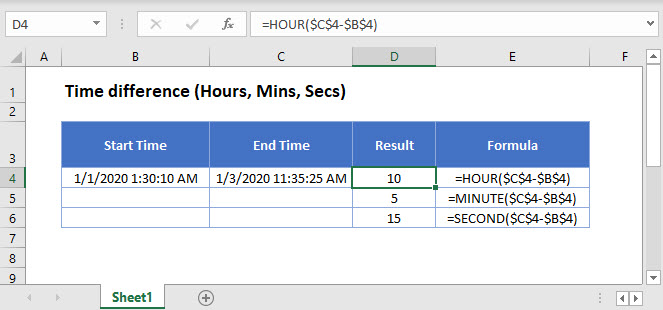

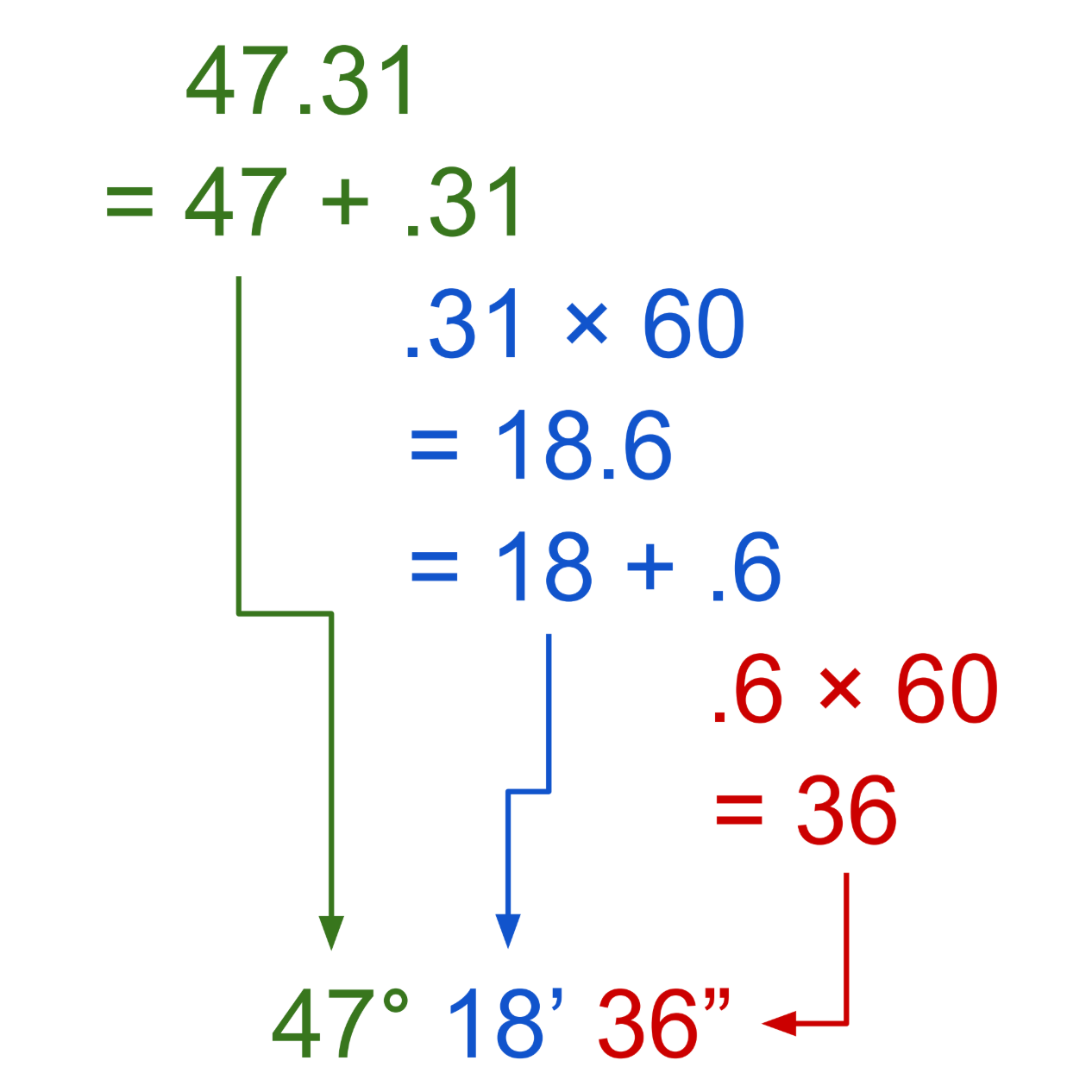


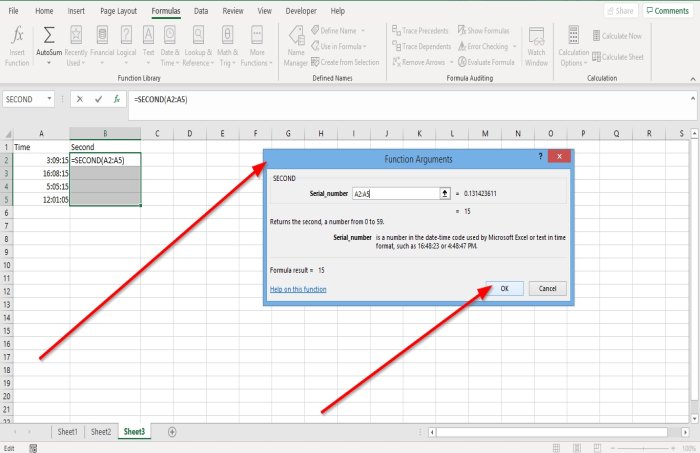




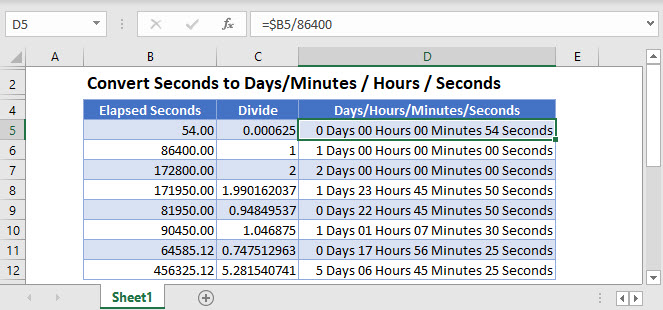








No comments:
Post a Comment
Note: Only a member of this blog may post a comment.